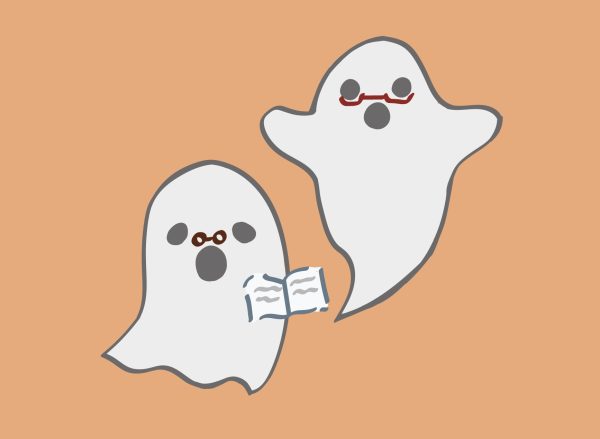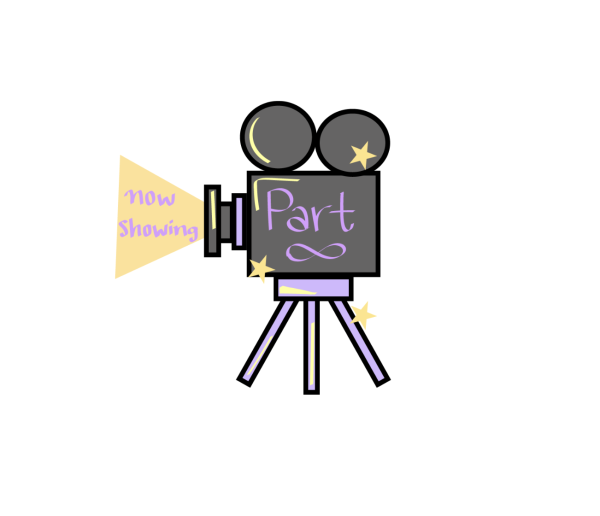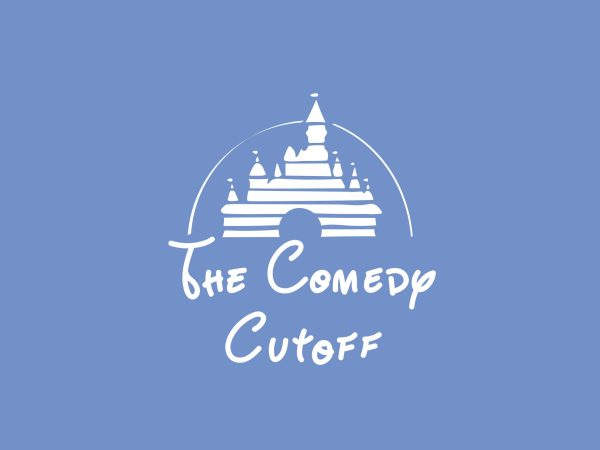Die Hard: A Christmas Story
When we think of Christmas, we normally imagine Kevin defending his home from Harry and Marv, Hero Boy hopping on the Polar Express, and Hans Gruber falling off the Nakatomi Plaza. Yes, filled with Christmas spirit, carols, and themes there is no doubt that “Die Hard” is a great Christmas movie.
Let’s start from the beginning. One of the opening scenes starts off with executive of the Nakatomi Corporation Joseph Takagi, wishing everyone a merry Christmas and a happy New Year. We can see that they are at a party with multiple tall Christmas trees, and we learn that the movie is set on Christmas Eve. Throughout the film we hear Christmas references that we would hear in any other Christmas movie, ranging from “Ebony Scrooge,” “Rudolph” and “Let It Snow,” to “Now I have a machine gun. Ho, Ho, Ho.” In fact, the word “Christmas” appears 18 times in contrast to “die” (five) and “hard” (11). Yes, it is possible to argue that just because it has Christmas lights doesn’t mean it’s a Christmas movie. However, “Die Hard” teaches one of the most important Christmas lessons: the importance of family.
Right off the bat the audience is informed of the conflict between John Mcclane and his wife Holly. Holly moved with their children to New York for her job while McClane had to stay back as a police officer. McClane doesn’t understand why Holly had to move, while Holly is disappointed at McClane’s lack of support for her job. It doesn’t help that her co-worker Harry Ellis has feelings for Holly and tries to impress her by snorting cocaine in her office. Rizz is in his middle name. From Holly praising that only McClane can survive this situation to McClane regretting not telling her “I love you,” the audience knows that they love each other. However, they themselves don’t figure it out until the end. After realizing Holly is McClane’s wife, Gruber takes her hostage. McClane confronts him, and he shares a passionate kiss with Holly after Gruber falls off the tower. The movie ends with the couple in each other’s arms, and they manage to stay together—at least for a couple more years, but that’s for a different movie.
When it seems like nothing could get worse, Hans Gruber ruins the party and takes hostage. However, thanks to some Hollywood magic, McClane manages to get hold of a machine gun and fights off Gruber’s men. As the movie progresses, we see the difference between “Die Hard” and other Christmas movies. It’s not just McClane saving the day, and everything is perfectly fine. Problems escalate for McClane when Gruber sees a news report by Richard Thornburg, who reveals that Holly is McClane’s wife (the media, am I right?) As mentioned previously, Gruber takes Holly hostage. Things aren’t going great downstairs either. In addition to Hagaki, Ellis, when failing to convince McClane to surrender, is also killed in cold blood when McClane leaves him on read. In the words of Manny Jeong, “The cost of trying to pull bi*****.” Christmas doesn’t always have to be perfect, especially in the real world. Of course, they might not be as terrifying as 13 terrorists trying to kill you, but problems still exist. “Die Hard” reveals the realism of life and gives a fresh perspective. At the end, despite the obstacles, due to McClane’s perseverance and bravery, the terrorists are eliminated and the rest of the hostages are safe. “Die Hard” teaches that while the season might not go exactly as planned, we should always try to make the best out of it, and always keep that “holiday spirit.”
Released in 1988, “Die Hard” is truly one of the first Christmas movies that deviates from the typical storyline while keeping the important themes. It’s not just me proving that I’m right. It’s about sending a message. In our world, “Christmas miracles” aren’t always right in front of us. Sometimes we have to find and earn them. To anyone that disagrees, John McClane wants to tell you “Yippee Ki-Yay, Motherfu-.”












